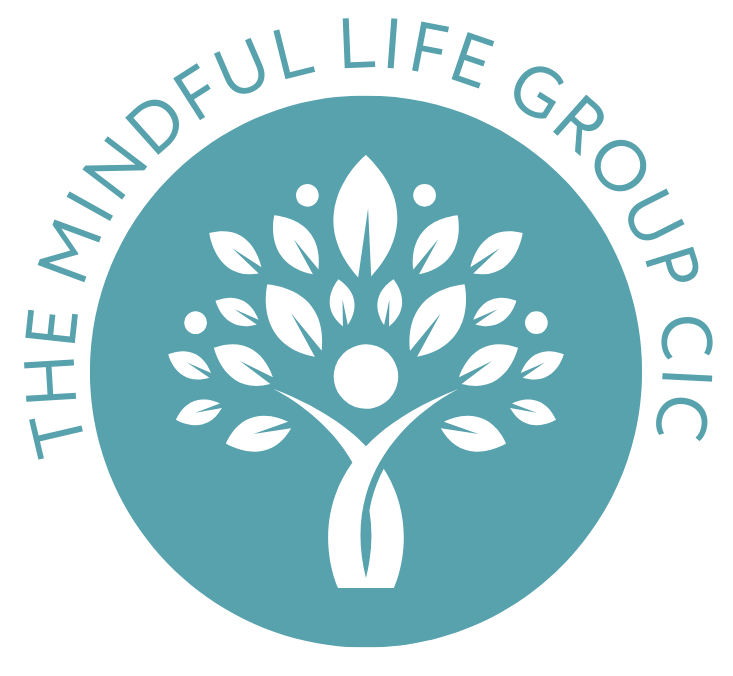'Let It Be': The Importance of Acceptance to a Calm Mind
Everyone has heard the saying "let it be", but what does it really mean?
When we talk about acceptance in mindfulness, we don't mean being resigned to negative events in your life. Instead, it's about actively and intentionally cultivating acceptance of whatever your experience is right now.
For many people, this can feel harder than coping with pain, suffering, and stress itself. In the long run, though, allowing your experience to be there will dramatically reduce stress and pain and improve your life.
The Power of Moving Toward, Not Away
Research reveals something profound about how our approach to difficulties affects us. In one study, college students were given a drawing of a maze with a mouse caught in the centre. Their task was to draw a line to help the mouse find its way out.
Some students received a maze with a piece of Swiss cheese at the exit - something positive for the mouse to move toward. Others saw the same maze, but instead of cheese, an owl hovered above, ready to swoop down and capture the mouse.
Every student solved the maze successfully in under two minutes, regardless of whether they were helping the mouse find cheese or avoid the owl. But the after-effects were remarkable: students who helped the mouse avoid the owl scored 50% lower on creativity tests afterward.
The study reveals something crucial: the same action has completely different consequences depending on whether it's done to move toward something we welcome or to avoid something negative.
Pete's Journey to Acceptance
Pete discovered this truth through his own experience with Parkinson's disease. After years of struggle, he came to realize there was very little "fixing" to be done - he had a condition that was likely to become progressively worse.
Initially, he became annoyed and angry with his slowly failing body. But when he began introducing kindliness into his breathing practice, something shifted. This helped ease his anger, bitterness, and stress, allowing him to feel more at peace with his diagnosis.
Gradually, Pete discovered a deep-seated acceptance of his life as it was. He realized he had a very good life despite the fact that he had Parkinson's. As he began to accept his condition, his stress levels lowered and his Parkinson's symptoms became less dominant and troubling.
Acceptance vs. Avoidance
Mindfulness encourages us to bring gentle and curious awareness to our sensations and emotions - encouraging acceptance rather than avoidance or attachment.
The easiest way to relax is to stop trying to make things different. Struggle comes from not accepting what is present.
This doesn't mean we stop taking action when it's needed. But it means we approach our experience without the extra layer of resistance that often makes difficult situations much harder to bear.
Learning to Accept What Is
Acceptance in daily life might look like:
Acknowledging physical discomfort without immediately fighting against it
Noticing difficult emotions without trying to push them away
Recognizing limitations without adding self-criticism
Facing challenges without the story that things "shouldn't" be this way
The Paradox of Acceptance
Here's what's remarkable: when we truly accept what's present, we often find we have more energy and clarity to respond wisely. We're no longer using all our resources to fight against reality.
This doesn't mean we become passive. Instead, we become more skillful in our responses because we're working with what is, rather than what we wish were different.
Starting Where You Are
Acceptance isn't something you achieve once and then maintain forever. It's a practice - something you return to again and again, especially when facing difficulty.
The invitation is simple: whatever you're experiencing right now, can you allow it to be there? Not forever, not as a permanent state, but just in this moment?
Ready to explore what genuine acceptance might look like in your daily life? Our Mindfulness for Later Life programme offers practical ways to develop this transformative practice.
